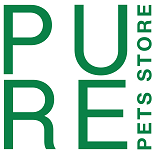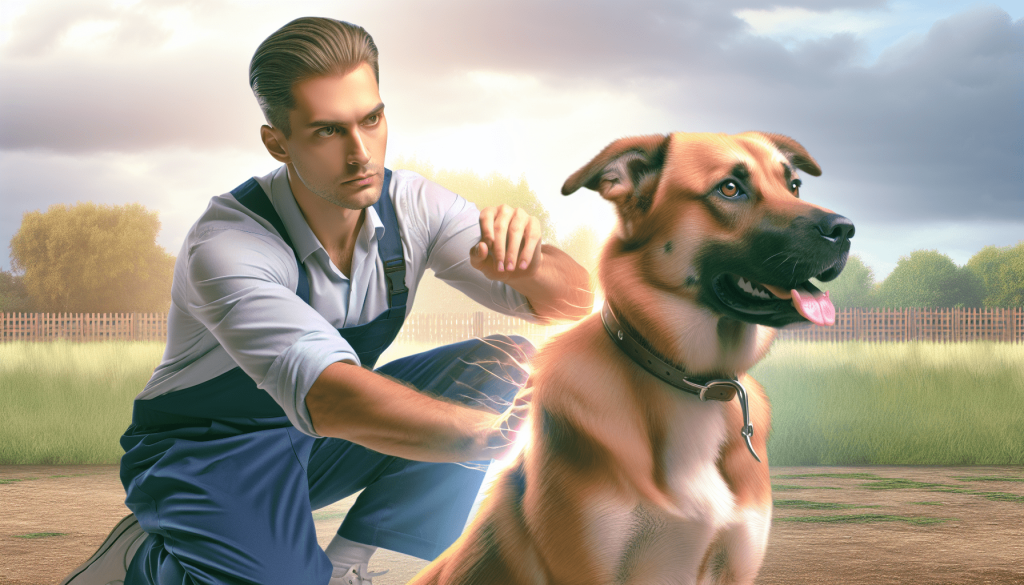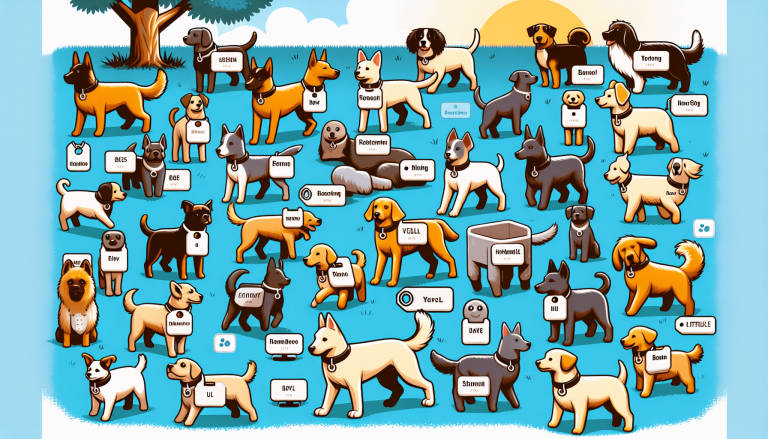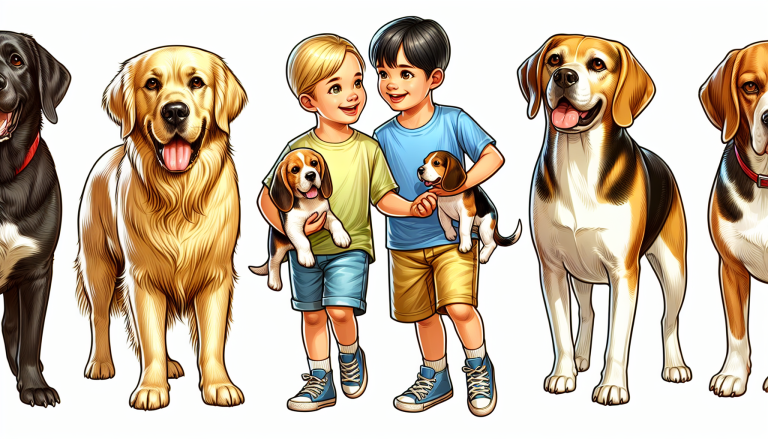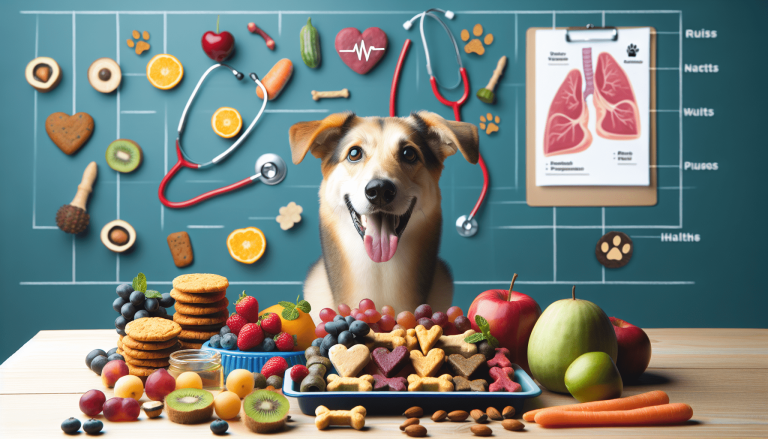If you’ve ever dealt with a dog displaying aggressive behavior, you know how stressful and concerning it can be. However, there are effective methods to address dog aggression that can help both the dog and their owners have a more peaceful and harmonious relationship. In this article, we will explore practical and compassionate ways to handle dog aggression, providing valuable insights and suggestions for those facing this challenge. With the right approach and understanding, you can create a safe and happy environment for both you and your furry friend.
Table of Contents
ToggleUnderstanding the Causes of Dog Aggression
Dog aggression can be caused by a variety of factors, and understanding these causes is crucial in effectively managing and addressing the issue. By identifying the types of dog aggression, recognizing triggers, and understanding the role of genetics, you can gain valuable insights into your dog’s behavior.
Identifying the types of dog aggression
There are several types of dog aggression that can manifest in different ways. Some dogs may display aggressive behavior towards humans, while others may show aggression towards other animals. It’s important to be able to identify these types in order to form an appropriate behavior modification plan.
Recognizing triggers for aggression
Dog aggression can be triggered by various factors, including fear, resource guarding, territoriality, or even frustration. By recognizing the specific triggers that lead to aggression in your dog, you can take steps to avoid or manage those situations effectively.
Understanding the role of genetics in aggression
Genetics can play a significant role in a dog’s propensity for aggression. Certain breeds may have a predisposition towards aggression, although it’s important to note that individual temperament can vary within a breed. Understanding your dog’s genetic background can provide insight into their behavioral tendencies and help guide your approach to addressing their aggression.
Seeking Professional Help
Dealing with dog aggression can be a challenging and complex issue. In some cases, seeking professional help from a veterinarian or a dog behaviorist may be necessary to develop a comprehensive plan for managing your dog’s aggression.
Consulting a veterinarian
The first step in addressing dog aggression should be consulting with a veterinarian. They can rule out any underlying medical conditions that may be contributing to the aggression and provide guidance on behavioral issues. A veterinarian may also be able to recommend medication, if necessary, to help manage your dog’s aggression.
Getting a referral to a dog behaviorist
A dog behaviorist is a professional who specializes in the assessment and modification of dog behavior. They have the expertise to analyze your dog’s aggression and create a tailored behavior modification plan. Seeking a referral from your veterinarian can help ensure that you find a reputable and knowledgeable behaviorist to assist you.
Considering group obedience classes
Group obedience classes can be a valuable resource in managing dog aggression. These classes provide an environment where your dog can learn socialization skills and proper behavior around other dogs and humans. In addition, the guidance of an experienced trainer can help address specific aggression issues and provide techniques to improve your dog’s behavior.
Implementing Behavior Modification Techniques
Behavior modification techniques are essential in addressing dog aggression. This approach focuses on promoting positive behaviors while reducing or eliminating aggressive tendencies. There are several effective techniques that can be implemented to achieve this goal.
Positive reinforcement training
Positive reinforcement training involves rewarding your dog for displaying desired behaviors. By providing treats, praise, or playtime when your dog behaves appropriately, you can reinforce positive actions and discourage aggression. This technique helps create a positive association and encourages your dog to choose non-aggressive behaviors.
Counter-conditioning
Counter-conditioning involves changing your dog’s emotional response to a fear or trigger that typically leads to aggression. By associating the trigger with positive experiences, such as treats or play, you can help your dog develop a more positive and relaxed association. Gradually exposing your dog to the trigger at a distance and rewarding them for calm behavior can gradually decrease their aggression response.
Desensitization
Desensitization is a technique that involves gradually exposing your dog to the triggers of their aggression, in a controlled and safe manner. This process helps your dog become more accustomed to these triggers and reduces their fear or aggression response. It is important to start at a low intensity level and progressively increase exposure as your dog becomes more comfortable.
Establishing Structure and Routine
Implementing structure and routine in your dog’s daily life can have a positive impact on their behavior. Dogs thrive on consistency and clear guidelines, and establishing a routine can help create a sense of security and reduce anxiety.
Creating a consistent daily routine
Dogs benefit from having a consistent daily routine. This includes scheduled feeding times, regular exercise, and designated times for training and play. By providing a predictable routine, you can help your dog feel more secure and less anxious, which can contribute to a reduction in aggressive behaviors.
Setting clear boundaries and rules
Establishing clear boundaries and rules is essential in managing dog aggression. Dogs need to understand what behaviors are acceptable and what is not tolerated. Consistently enforcing these boundaries and rules through positive reinforcement can help your dog learn appropriate behavior and reduce their tendency towards aggression.
Using commands and cues effectively
Using commands and cues effectively can play a significant role in managing dog aggression. Commands such as “sit,” “stay,” or “leave it” can be invaluable tools in redirecting your dog’s behavior and preventing aggression. By teaching your dog to respond to these commands consistently, you can effectively redirect their focus and encourage more appropriate behaviors.
Managing the Environment
Managing the environment plays a crucial role in preventing or reducing dog aggression. By taking steps to minimize potential triggers and provide a safe and comfortable space for your dog, you can create a more harmonious living environment.
Keeping dogs separated during meal times
Resource guarding can be a significant trigger for aggression in dogs. To avoid conflicts, it is important to keep dogs separated during meal times. Providing separate feeding areas or using barriers can prevent competition and reduce the likelihood of aggressive behavior.
Providing each dog with their own space
It is important for each dog to have their own designated space within the home. This can include separate sleeping areas, feeding stations, and play areas. Having individual spaces allows each dog to have a sense of security and reduces the potential for territorial disputes or resource guarding.
Avoiding triggers in the environment
Identifying and avoiding triggers in the environment can help manage dog aggression effectively. This may involve avoiding situations or places that elicit aggression, such as crowded dog parks or confrontations with unfamiliar dogs. By minimizing exposure to these triggers, you can create a calmer environment for your dog and reduce the likelihood of aggressive behavior.
Utilizing Safe Handling Techniques
When dealing with a dog with aggression issues, it is crucial to utilize safe handling techniques to ensure the safety of everyone involved. By understanding your dog’s body language and avoiding physical force or punishment, you can create a more positive and respectful relationship with your dog.
Using a muzzle or head halter
Using a muzzle or head halter can be a valuable safety measure when working with an aggressive dog. These tools can prevent biting or aggressive behavior, providing an added layer of protection for both your dog and others. It is important to properly introduce and acclimate your dog to these tools using positive reinforcement techniques.
Understanding body language and warning signs
Understanding your dog’s body language and warning signs is vital in effectively managing their aggression. Dogs often display subtle signals, such as stiff body posture, raised hackles, or growling, before becoming aggressive. By recognizing these signs, you can intervene before the aggression escalates and implement appropriate management techniques.
Avoiding physical force or punishment
Using physical force or punishment is not an effective or humane way to address dog aggression. This can escalate aggression or create fear and anxiety in your dog. Instead, focus on positive reinforcement techniques and behavior modification to encourage desired behaviors and discourage aggression.
Managing Fear and Anxiety
Fear and anxiety can contribute to a dog’s aggression. Identifying and addressing underlying fears or anxieties is essential in managing dog aggression effectively.
Identifying and addressing underlying fears or anxieties
Identifying the root causes of your dog’s fears or anxieties is crucial in addressing their aggression. It may be due to past traumatic experiences, inadequate socialization, or specific triggers in the environment. By working with a professional, such as a dog behaviorist or veterinarian, you can develop a targeted plan to address these underlying issues.
Using calming aids and supplements
Calming aids and supplements can be helpful in managing fear and anxiety in dogs. These may include natural remedies, such as lavender essential oil or pheromone diffusers, which can promote relaxation and reduce stress. It is important to consult with a veterinarian before using any calming aids or supplements to ensure they are safe and appropriate for your dog.
Seeking veterinary advice for medication
In some cases, medication may be necessary to manage a dog’s aggression associated with fear or anxiety. Working closely with a veterinarian can help determine if medication is appropriate and develop a tailored treatment plan. Medication should always be used in conjunction with behavior modification techniques and under the guidance of a professional.
Socializing and Exposure
Socializing your dog and providing exposure to different situations are crucial in managing aggression. By gradually introducing your dog to new experiences and promoting positive interactions, you can help them become more confident and reduce their aggressive tendencies.
Gradually introducing the dog to new situations
When socializing an aggressive dog, it is important to proceed slowly and at your dog’s pace. Introduce new situations gradually, starting with low-stress environments and gradually increasing the level of stimulation. By exposing your dog to various experiences in a positive manner, you can help them become more comfortable and less prone to aggression.
Familiarizing them with other dogs and animals
Exposing your dog to other dogs and animals is an essential part of socialization. Start with controlled interactions with well-behaved and calm dogs, and gradually increase the exposure. This can help your dog learn appropriate social cues and reduce their aggression towards other animals.
Promoting positive experiences and interactions
Promoting positive experiences and interactions is vital in managing dog aggression. Encourage interactions with well-behaved dogs and reward your dog for calm and non-aggressive behavior. By focusing on positive experiences, you can help your dog develop positive associations and reduce their tendency towards aggression.
Creating a Safe and Secure Home Environment
Creating a safe and secure home environment is essential in managing dog aggression. By addressing potential hazards and securing boundaries, you can create a space that promotes calm and reduces the likelihood of aggressive behavior.
Securing fences and gates
Ensuring that fences and gates are secure is crucial in preventing escapes and potential confrontations with other animals or humans. Regularly inspect your fencing for any damage or gaps that your dog may exploit. By providing a secure and enclosed space, you can help minimize the chances of aggression-related incidents.
Providing proper containment when necessary
In situations where your dog may be prone to aggression, such as during periods of heightened anxiety or when visitors are present, it may be necessary to provide proper containment. This can include using baby gates, crates, or designated safe spaces to prevent potential conflicts or aggressive encounters.
Removing potential hazards or triggers
Identifying and removing potential hazards or triggers from your home environment is essential in managing dog aggression effectively. This can include removing aggressive toys or objects, securing loose furniture that might trigger resource guarding, or ensuring that there are no high-stress areas that may elicit aggression.
Consistency and Patience
Dealing with dog aggression requires consistency and patience. Behavior change takes time, and it is important to remain committed to the process while reinforcing desired behaviors consistently.
Understanding that behavior change takes time
Addressing dog aggression is not an overnight process. Behavior change takes time, and it is essential to have realistic expectations. Each dog is unique, and progress may vary. By understanding that behavior change is a gradual process, you can remain patient and persistent in your efforts.
Being patient and committed to the process
Patience is paramount when working with an aggressive dog. Dogs can sense frustration and anxiety, which can exacerbate their aggression. It is important to stay calm and committed to the process, using positive reinforcement and behavior modification consistently.
Consistently reinforcing desired behaviors
Consistency is key in managing dog aggression. Consistently reinforcing desired behaviors through positive reinforcement helps your dog understand what is expected of them. By consistently rewarding non-aggressive behaviors and redirecting aggression, you can shape your dog’s behavior and encourage positive change.
In conclusion, understanding the causes of dog aggression, seeking professional help when needed, implementing behavior modification techniques, establishing structure and routine, managing the environment, utilizing safe handling techniques, managing fear and anxiety, socializing and providing exposure, creating a safe and secure home environment, and maintaining consistency and patience are all effective ways to handle dog aggression. Each aspect plays a crucial role in managing and addressing dog aggression, and by incorporating these strategies, you can help your dog overcome their aggressive tendencies and create a harmonious and safe environment for everyone involved. Remember to approach the process with kindness, empathy, and a commitment to your dog’s well-being.
